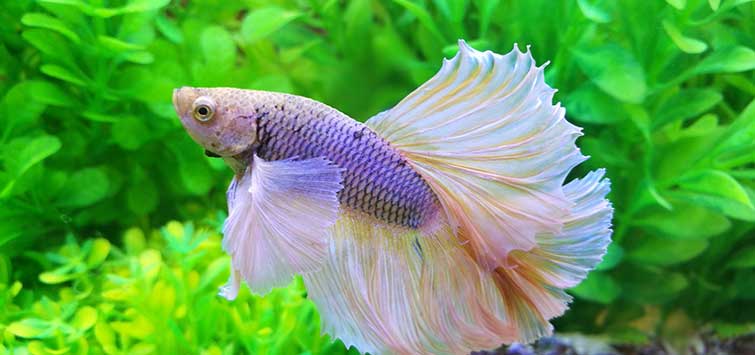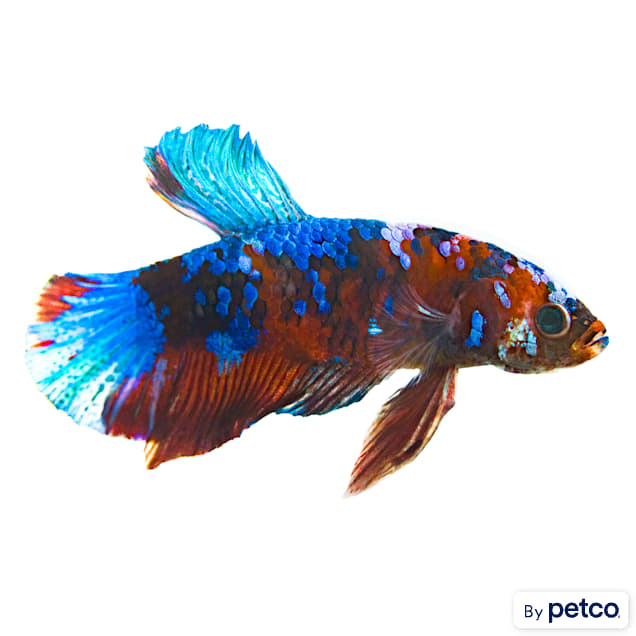How to Reproduce Betta Fish Efficiently: Professional Methods and Insights for Hobbyists Looking to Increase Their Betta Collection
Breeding Betta fish needs a nuanced understanding of genetics and ecological problems, making it necessary for hobbyists to come close to the process with both diligence and care. Developing an ideal reproduction setting, picking the best sets, and observing the intricacies of their courtship actions are fundamental actions that can significantly affect the result.
Recognizing Betta Fish Genes
Understanding the genetics of Betta fish is vital for successful breeding, as it influences traits such as shade, fin form, and habits. Betta fish display a diverse array of shades and patterns, greatly established by their hereditary makeup.
Along with pigmentation, fin morphology is one more considerable aspect of Betta genes (betta fish). The form and size of fins are affected by numerous genes, consisting of those that establish whether the fins are brief, long, or veil-shaped. Recognizing these genetic variants assists breeders anticipate the phenotypic outcomes of their spawn
Additionally, behavioral attributes such as aggression and territoriality can also be affected by genetics. These behaviors play a crucial function in the reproducing process, as they can affect generating success and the overall personality of the resulting fry. By thoroughly understanding these genetic concepts, breeders can make enlightened decisions, inevitably improving their reproduction programs and accomplishing preferable results.
Preparing the Reproduction Atmosphere
Producing an optimum reproduction environment is crucial for the effective reproduction of Betta fish. The first action in preparing this setting is to select a proper breeding tank, ideally varying from 5 to 10 gallons.
Following, consider making use of a sponge filter or an air stone to give mild water circulation without producing solid currents that can worry the fish. It is important to mount plants or reproducing cones to offer hiding places and advertise convenience for the female during the spawning procedure. Drifting plants, such as Java moss or water sprite, can also produce a much more natural surroundings while promoting bubble nest structure by the male.
Before introducing the breeding pairs, make sure the water is conditioned and cost-free from hazardous chemicals, such as chlorine or heavy steels. betta fish. Routine water adjustments need to be conducted to maintain optimal water high quality, boosting the chances of successful breeding. With these preparations in position, the reproducing setting will certainly sustain the wellness and health of both Betta fish
Picking Reproduction Pairs
Picking the appropriate reproduction sets is vital for attaining effective Betta fish recreation. When selecting your breeding sets, think about numerous crucial elements including health, personality, and genetics. Healthy Betta fish show lively colors, clear eyes, and energetic habits. Selecting fish that are free from condition makes sure a better opportunity of creating practical offspring.
Temperament is an additional essential consideration, as Betta fish are understood for their aggressive nature. It is suggested to choose a male and woman that exhibit compatible temperaments to lessen tension throughout the breeding procedure. A tranquil male can urge a smoother courtship, while a female that is as well aggressive may interfere with the process.
Hereditary background likewise plays a substantial function in the top quality of the offspring. Breeding fish that are genetically varied can lower the threat of hereditary health and wellness concerns and enhance the general vitality of the fry. It is helpful to research the lineage of both the male and lady, concentrating on desirable attributes such as fin kind, color scheme, and dimension.
The Reproduction Process
The breeding visit our website procedure of Betta fish calls for careful planning and interest to information to make certain a successful outcome. It is vital to prepare a suitable breeding storage tank, preferably a 5-10 gallon fish tank with a temperature level kept at 78-80 ° F. The container should be geared up with a heating unit, filter (ideally sponge kind to stay clear of solid currents), and lots of marine plants for the lady to conceal.
Once the environment is set, introduce the selected breeding pair to the tank, enabling them to accommodate. Observe their actions; the man will certainly display fancy courtship rituals, including flaring his fins and building a bubble nest. If the female shows interest, she will show vertical stripes indicating readiness for spawning.
When the female is receptive, the pair will participate in a breeding welcome, throughout which the male fertilizes the eggs. It is important to check their communications carefully, as the male may become aggressive. After spawning, eliminate the lady to stop potential harm. The man will certainly often tend to the eggs, which typically hatch out within 24-36 hours. Keeping optimum water problems during this period is vital for the advancement of healthy Betta fry.
Taking Care Of Betta Fry

Feeding Betta fry is vital, as they call for a diet plan high in healthy protein. Initially, they can be fed infusoria or liquid fry food, transitioning to carefully smashed top quality pellets as they expand. Feed small parts several times a day to urge healthy and balanced growth without overwhelming the storage tank with uneaten food.

As they develop, monitor their development very closely and separate any kind of hostile individuals to avoid harm. By supplying a supporting atmosphere and proper nutrition, hobbyists can effectively raise Betta fry right into dynamic, healthy and balanced fish, inevitably improving their reproduction ventures.
Verdict
Effective Betta fish breeding try this requires precise interest to genetic choice, ecological problems, and treatment for the fry. By recognizing the genes of Betta fish and preparing an ideal reproduction environment, hobbyists can enhance the chances of producing vibrant, healthy offspring.
Comments on “The Ultimate Betta Fish Treatment Overview for New Family Pet Owners”